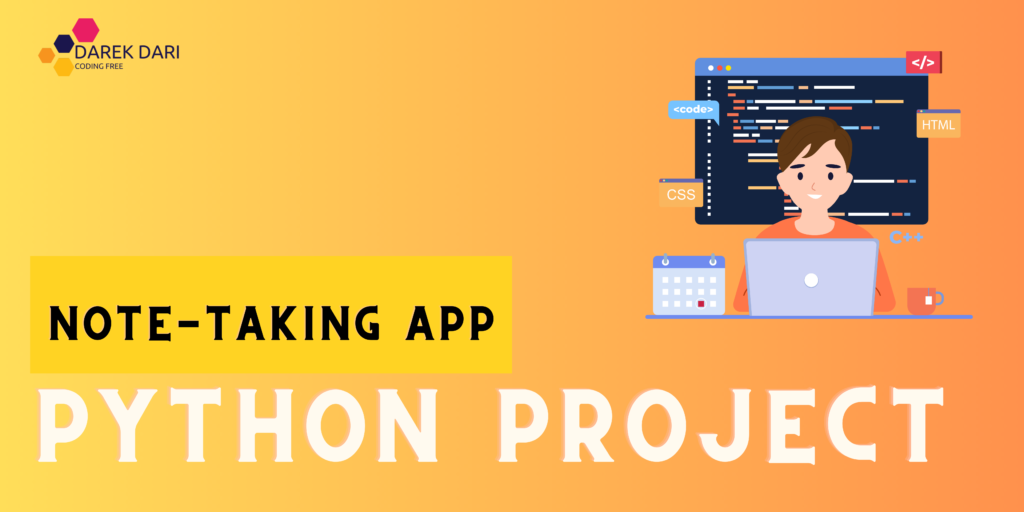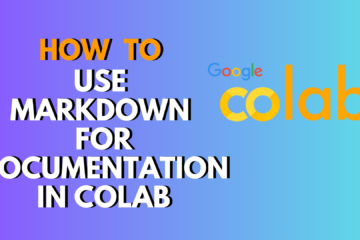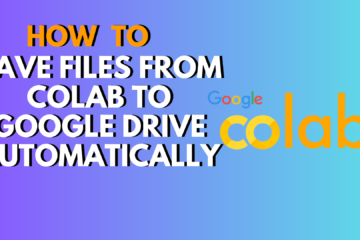
Table of Contents
Intro To The Powerful Note-Taking App source code Python Project 2024
Hello, fellow programmers! 🚀
Note taking app source code. Let’s take this exciting journey together as we build a basic note-taking Python project 2024 with Flask and React.
You’ll have a cool Python project at the end of this post that will allow you to create, edit, and remove notes while also giving you some practical experience with two amazing technologies.
note taking app source code
Creating a Store
Let’s get started by making a comfortable space for our Python project 2024. Launch your terminal and execute:
npx create-react-app note-taking-app
cd note-taking-app
This creates a new React application for us. Onto the Python aspect of things now. Use this to install Flask:
pip install Flask
Next, make a basic Flask app by creating a Python file (let’s call it app.py):
from flask import Flask, render_template
app = Flask(__name__)
@app.route('/')
def index():
return render_template('index.html')
if __name__ == '__main__':
app.run(debug=True)
The Front-End
Create NoteList.js and AddNoteForm.js, two components in the src/components directory. Our React app needs a dance floor. These parts will take care of making notes visible and adding new ones, accordingly.
Create NoteList.js
import React from 'react';
const NoteList = ({ notes, onDelete }) => {
return (
<div>
<h2>Notes</h2>
<ul>
{notes.map((note) => (
<li key={note.id}>
{note.text}
<button onClick={() => onDelete(note.id)}>Delete</button>
</li>
))}
</ul>
</div>
);
};
export default NoteList;
Create AddNoteForm.js
import React, { useState } from 'react';
const AddNoteForm = ({ onAdd }) => {
const [newNote, setNewNote] = useState('');
const handleAddNote = () => {
if (newNote.trim() !== '') {
onAdd(newNote);
setNewNote('');
}
};
return (
<div>
<h2>Add Note</h2>
<input
type="text"
value={newNote}
onChange={(e) => setNewNote(e.target.value)}
placeholder="Enter your note"
/>
<button onClick={handleAddNote}>Add</button>
</div>
);
};
export default AddNoteForm;
Bringing Everything Together
Let’s get the party put together now! We’ll incorporate these elements and create the necessary state in your App.js to manage our notes:
import React, { useState } from 'react';
import NoteList from './components/NoteList';
import AddNoteForm from './components/AddNoteForm';
const App = () => {
const [notes, setNotes] = useState([]);
const addNote = (text) => {
const newNote = {
id: Date.now(),
text: text,
};
setNotes([...notes, newNote]);
};
const deleteNote = (id) => {
const updatedNotes = notes.filter((note) => note.id !== id);
setNotes(updatedNotes);
};
return (
<div>
<h1>Simple Note Taking Python Project 2024</h1>
<AddNoteForm onAdd={addNote} />
<NoteList notes={notes} onDelete={deleteNote} />
</div>
);
};
export default App;
Time to Run our Note Taking App
Now, run your Flask app with:
python app.py
And voila! The Python note-taking project 2024 is currently available at http://127.0.0.1:5000/.
Go ahead and add, edit, and remove as many notes as you like.
note taking app source code
Learn more
Is Joplin completely free?
Yes, Joplin itself is completely free to use. It’s open-source, meaning the code is freely available and anyone can use it for free. Joplin also doesn’t shove any ads in your face.
However, there’s a caveat. Joplin relies on some kind of syncing service to keep your notes across all your devices. This syncing can be free, but it depends on what method you choose:
- Free syncing: You can use your own cloud storage service like Dropbox or OneDrive to sync your notes. This is completely free, as long as you have enough storage space available on that service.
- Joplin Cloud (paid): Joplin offers its own paid syncing option called Joplin Cloud. This starts at €2.99/month and provides syncing and storage space on their servers.
Is standard notes free?
Yes, Standard Notes offers a free tier with some limitations. Here’s a breakdown:
Free tier:
- End-to-end encryption: Your notes are securely encrypted, even from Standard Notes themselves.
- Unlimited device sync: Access your notes on all your devices, including web, desktop, and mobile.
- Plain text notes: You can create basic notes with plain text.
- 100MB storage: You have 100MB of space to store your notes.
Paid tiers:
- Productivity ($90/year): Offers additional features like markdown and rich text formatting, checklists, code snippets, spreadsheets, daily notebooks for journaling, etc.
- Professional ($120/year): Includes everything in Productivity, plus 100GB of encrypted cloud storage for files and photos, subscription sharing for up to 5 accounts, and no file size limit.
So, if you just need a basic note-taking app with encryption and syncing across devices, the free tier of Standard Notes might be enough for you. But if you need more advanced features like formatting or a lot of storage space, you’ll need to upgrade to a paid plan.
Is there a free note-taking app?
Yes, there are several great free note-taking apps available. Here are a few of the most popular options:
- Joplin [Image of Joplin note taking app] is an open-source note-taking app that is completely free to use. It offers a variety of features, including encryption, markdown support, and the ability to sync your notes across devices. Joplin is a great option for users who are looking for a powerful and flexible note-taking app.
- Standard Notes [Image of Standard Notes app] offers a free tier that includes end-to-end encryption, unlimited device sync, and plain text notes. However, the free tier has some limitations, such as only 100MB of storage and no rich text formatting. Standard Notes is a good option for users who are looking for a secure and private note-taking app.
- Microsoft OneNote [Image of Microsoft OneNote app] is a free note-taking app that is available on a variety of platforms, including Windows, macOS, Android, and iOS. OneNote offers a variety of features, including the ability to take notes in different formats (text, ink, audio, video), create notebooks and sections, and collaborate with others. OneNote is a good option for users who are looking for a versatile note-taking app that can be used for a variety of purposes.
- Google Keep [Image of Google Keep app] is a free note-taking app from Google. Keep is a simple and easy-to-use app that allows you to create notes, checklists, and drawings. You can also add images and audio recordings to your notes. Keep is a good option for users who are looking for a quick and easy way to take notes.
These are just a few of the many free note-taking apps available. The best app for you will depend on your individual needs and preferences. Consider what features are important to you, such as encryption, syncing, and formatting options, when choosing a free note-taking app.
How do you make notes on the app?
Here is a general idea of how most note-taking apps work:
- Open the App: Locate and launch the note-taking app on your device.
- Create a New Note: Most apps will have a button with a “+” symbol or “New Note” to initiate a fresh note.
- Enter Your Text: Start typing your note content. Some apps might let you dictate notes using voice commands.
- Formatting (Optional): Depending on the app, you might have options to format your text with bold, italics, headings, bullet points, or even add images and tables.
- Save the Note: Most apps will automatically save your note as you type. However, some might have a dedicated “Save” button for confirmation.
Here are some additional tips for making notes on an app:
- Use Titles: Give your notes clear and descriptive titles for easy organization.
- Organize with Folders/Notebooks: Many apps allow creating folders or notebooks to categorize your notes.
- Search Functionality: Take advantage of the app’s search function to quickly find specific notes later.
- Sync Across Devices: If the app offers syncing, enable it to access your notes on all your devices.
If you tell me the specific note-taking app you’re interested in, I might be able to find more detailed instructions online or within the app itself.
In summary
Congrats on completing your first Python note-taking project, 2024! Now that you’ve dabbled with React and Flask, the possibilities are virtually limitless. Try new things, include features, and most of all, enjoy yourself while coding! 🚀✨
What did you learn:
- You’ve got that “brain overflowing with ideas” feeling? Don’t let those precious thoughts do a belly flop into the memory abyss! Dive into the magical world of note taking app source code, where you can build a personal ideas trampoline. Bounce, baby, bounce!
- Imagine this: you’re coding away, crafting the perfect note-taking app source code. Suddenly, inspiration strikes like a rogue banana peel. No worries! Your trusty app will catch that thought and cradle it like a digital baby.
- Feeling overwhelmed by your to-do list? Tame that beast with a note taking app source code adventure! Think of it as building a digital lasso to wrangle those pesky tasks. Yeehaw!
- Is your current note-taking system a disorganized scribble-fest? Fear not, adventurer! With a sprinkle of note taking app source code magic, you can craft a system so organized, squirrels will be taking notes on it.
- Here’s the best part: learning note taking app source code is like having a dance party with your brain. It’s a workout for those mental muscles, but way more fun than jumping jacks in your PJs.
- So, what are you waiting for? Grab your coding cape and embark on a note taking app source code odyssey! You might just create a masterpiece that would make even pigeons coo with envy.
Don’t let this be the end of your note taking app source code saga! This is just the first chapter. With a little dedication and a lot of fun, you can craft an app that’ll make even the most disorganized mind sing with glee. So, dive in, experiment, and remember – the only limit is your imagination (and maybe a few lines of well-placed code).
Happy note-taking adventures!




1 Comment
How Do I Create A CMS System In Python 2025 Powerful · February 27, 2025 at 10:52 am
[…] Powerful Note Taking App Source Code Python Project 2024 […]